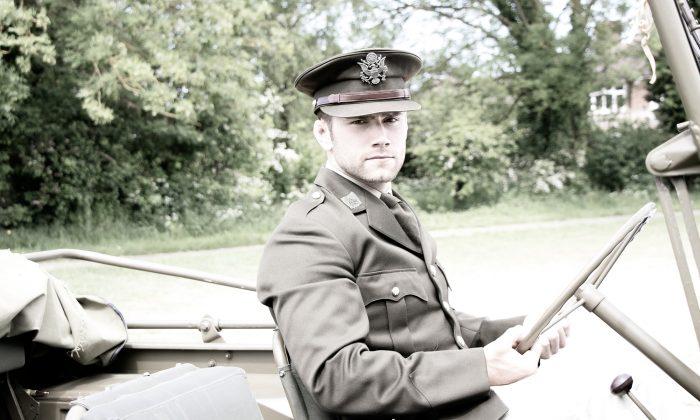Remember the 60s CBS sitcom “Hogan’s Heroes,” which left viewers laughing their heads off as they watched the inmates of a Stalag (German prisoner-of-war camp) planning to create havoc directly in front of their Nazi commandants?
Surely, the brutality of WWII is a serious matter that shouldn’t be joked about. However, “Hogan’s Heroes” was a huge success as the quirky comedy series looked at the lighter side of World War II, portraying the Nazis as bumbling fools, making fun of their silliness.
Here, we reminisce on one of America’s favorite television sitcoms by listing 10 facts about “Hogan’s Heroes” that you probably weren’t aware of.
1. The show was originally set in an American jail
Albert S. Ruddy, who created “Hogan’s Heroes” with Bernard Fein, set the sitcom in an American jail in the beginning but changed it to a WWII setting when he learned that NBC was putting together “Campo 44”—a show set in an Italian WWII prison camp.2. The comedy series received 12 Emmy nominations
“Hogan’s Heroes,” which ran for more than five years from Sept. 17, 1965, to April 4, 1971, producing 168 episodes, was rated amongst the top 10 shows during its first season.The sitcom was also nominated for 12 Emmy Awards, where Werner Klemperer’s portrayal as clumsy and inept Colonel Klink—the commandant of the POW camp—won him the best supporting actor in 1968 and 1969.
3. Richard Dawson originally auditioned for the role of Colonel Hogan
Richard Dawson originally tried out the role of Colonel Hogan—the wise leader of the Allied soldiers in the POW camp—but was given the role of Corporal Newkirk instead because the English-born actor couldn’t pull off an American accent.4. Jewish actors took on the roles of the four German characters in the comedy
Actors Werner Klemperer, John Banner, Leon Askin, and Howard Caine, who played Colonel Klink, Sergeant Schultz, General Burkhalter, and Gestapo major Hochstetter respectively, were all Jewish.5. Robert Clary, who played Corporal Louis LeBeau, was a Holocaust survivor
Robert Clary, the last surviving original principal cast member of the show, has actually gone through the horror of the Holocaust. As a Jewish born in Paris to a family of 14 children, he was tattooed with the identification “A5714” on his left forearm by the Nazis and deported to Buchenwald concentration camp in 1942.Having been singing professionally on French radio since the age of 12, he sang for the SS soldiers at Nazi concentration camps every other Sunday alongside another inmate, who played the accordion.
6. The show’s tagline was “If you liked World War II, you'll love ‘Hogan’s Heroes!’”
“If you liked World War II, you'll love ‘Hogan’s Heroes!’” was coined by comedian and author Stan Freberg during an interview with Bob Crane, published in The Sunday Times, on Sept. 19, 1965.Though Crane disapproved of it, saying “No, let’s not say that, no,” it eventually became the tagline of the comedy.
7. The convertible used by General Burkhalter was one of the three remaining
The showy Mercedes-Benz W31 that General Burkhalter rode in as he traveled to the camp was actually one of the three black-and-gray convertibles in existence after the war.8. Colonel Klink was a trained violinist in real life
In one funny gag, Colonel Klink played the violin so badly that Colonel Hogan couldn’t help covering his ears from the sound.In reality, Werner Klemperer, who acted as Colonel Klink, was born to a family of musicians.
His father, Otto Klemperer, was a well-known conductor and composer, and his mother, Johanna Geisler, was a soprano. While serving with the U.S. Army Special Entertainment Division during WWII, he toured the Pacific, playing the violin to entertain servicemen.





Friends Read Free